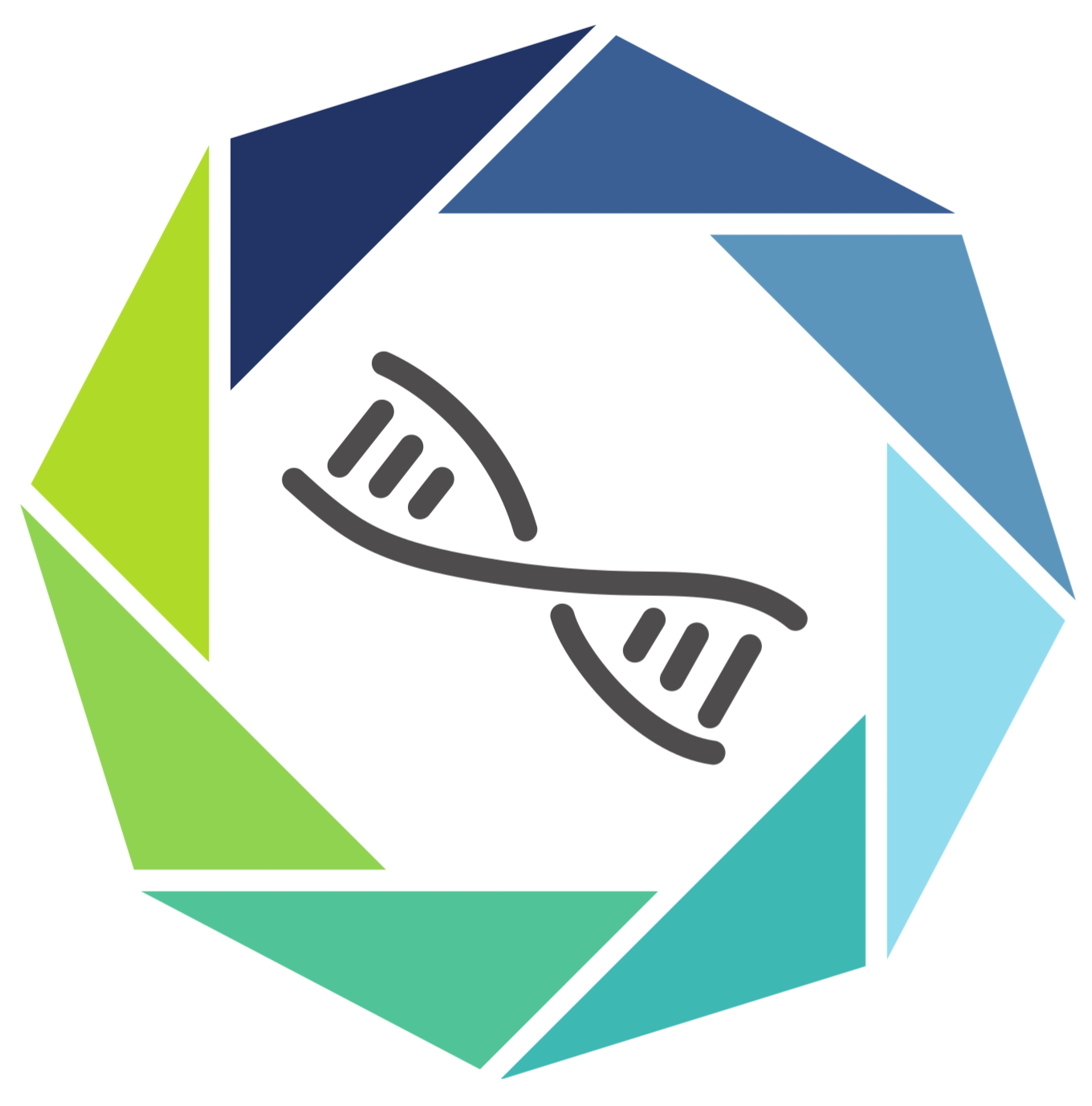Author: admin
-
Intestinal health: Dresden research team identifies enzyme essential for stem cell survival
Study results contribute to the understanding of intestinal regeneration and prevention of intestinal inflammation. Press release
-
Coronavirus research combines forces
Genome researchers create German Covid-19 Omics Initiative (DeCOI). Press release
-
Stem cell immune potential featured on the cover of Cell Stem Cell
Press release
-
The German Human Genome-Phenome Archive (GHGA) website goes online
The GHGA is designed to archive and facilitate analysis of human access controlled research data from Germany, and has gone live with a pilot version, distributing research data from Heidelberg and Tübingen. https://ghga.dkfz.de
-
New technology at the center – Oxford Nanopore PromethION 24
PromethION as a complementary method for high-throughput sequencing of long reads in real time now available at the Genome Center. We are happy to announce that the PromethION 24 machine has been added to the list of sequencers at the Genome Center. The PromethION offers high-throughput single molecule long-read sequencing data, and bases are called…
-
Third funding round of the DFG sequencing costs in projects initiative
The Deutsche Forschungsgemeinschaft (DFG, German Research Foundation) in a third round invites to the submission of scientific projects, in which sequencing will be carried out at the DFG funded competence centres for Next Generation Sequencing (NGS) at the Universities Bonn/Köln/Düsseldorf, Dresden, Kiel, and Tübingen. Again, in this call it is planned to fund scientific projects…
-
New technology at the center – Bionano
Bionano as a new complementary technology added to the Genome Center’s technological portfolio. The Saphyr system from Bionano is up and running since December 2018. It allows the generation of optical maps for high quality genome assemblies and the sensitive and specific detection of structural variants in genomes. This technology was possible due to the DFG funded NGS-competence…
-
The warm and loving tegu lizard becomes a genetic resource
A combination of different sequencing and mapping technologies has been applied to sequence the genome of the tegu at unprecedented quality. Salvator merianae is a lizard from south american forests and savannas. Press release
-
The Genome of the Mexican salamander decoded
The Dresden genome center was part of an international team of researchers led by scientists in Vienna, Dresden and Heidelberg that has now sequenced, assembled, annotated, and analysed the complete axolotl genome, the largest genome ever to be decoded. Press release https://www.nature.com/articles/nature25458
-
A new genome for regeneration research: The Planarian Genome decoded
The Dresden genome center has been part of a collaborative effort to sequence the genome of the Schmidtea mediterranea. To overcome the challenge of this exceptionally repetitive genome, the research groups of Jochen Rink and Eugene Myers at the MPI-CBG and Siegfried Schloissnig at HITS utilized Pacific Bioscience’s long-read sequencing technology, situated at the Dresden…
